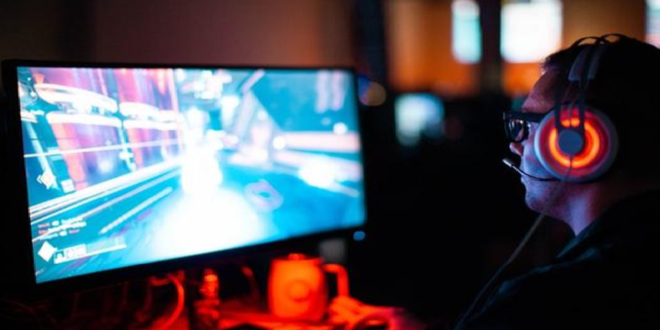The phenomenon of online gaming appeals to every soul whether they are adults or minors. The main purpose of these platforms is to merely entertain players but somehow, people manage to consume them negatively.
Unmonitored teenagers and children with countless hours on their phones and iPods, taking the gaming competitions so serious that it intrigues violence in real life, all of this has reached the limit, and the IDV providers here present solutions for age verification in gaming to restrict minor access to adult-rated gaming and gambling forums and reinstates parental control.
Online gambling fraud and minor access to games via an engineered synthetic ID or through the ID of a guardian/parent is prevented instantly by AI-driven age verification in gaming due to access to e-storage facilities of concerned regulators and agencies.
Online Gaming Verification with KYC
To reduce fraud in online gaming, this process is an integral part of the KYC (Know Your Customer) verification, where the digital gaming and gambling sites inspect the personal information of whoever wishes to get on board for access to games and online casinos. AI-driven age verification in gaming ensures that the online platforms provide services to only eligible and genuine players to maintain compliance with regulators.
For an absolute player’s age verification in gaming, the automated authentication program displays the output seamlessly by following a brief procedure.
- The player uploads an electronic version of his/her ID documentation such as a photo-based national ID card, driving permit, or any other imagery proof of identity.
- For age verification in gaming, the player moreover also needs to transfer a live selfie for facial recognition, where the biometric screening integrated into the solution examines it with the image on the ID proof
- After the submission of soft copies of ID archives and the selfie, the digital solution for age verification in gaming validates the originality of records of the concerned player by matching the data against information in top-secret electronic data storage units and watchlists to ensure beyond any doubt that the client is neither underage for joining nor a fraudster
- Post the record confirmation handle, the result of age verification in gaming appears in no time
Age Verification in Gaming by Biometric Recognition Technology
The biometric screening service designed and deployed in AI-based systems for KYC compliance effectively differentiates between false players and authentic ones. As the regulators and law enforcement bodies always maintain an updated database of all possible identifying characteristics of citizens ranging from their current geographic location to their DNA.
The age verification in gaming empowers the validating solution to identify and confirm the identity of a player as the biometric technology processes the newly taken selfie-and detects inorganic traits if any, along with that compare it with facial data stored in the electronic facility.
The automated solution verifies the liveness by analyzing the facial depth and the resolution of the player’s image in real-time to facilitate legitimate players frictionlessly and discard the underage ones
Policies for Non-Compliance with Age verification in Gaming
The COPPA and GDPR make online games and gambling platforms comply with its standard policies that clearly state that children younger than 13 should not be facilitated with gambling and adult-rated sites. Now others are doing their part as well.
The Chinese market is coming up with new policies, legislation has been revised by keeping current scenarios into account. Under CADPA, the concerned platforms comply with age verification in gaming to prevent gambling and other activities of minors without parental acknowledgment and consent.
Deceptive Technologies for Minor Access and How They are Failed?
To passage verification in gaming, other than minors, adults can join different gambling or gaming platforms under someone else’s ID. There are several programs/software that can assist people to succeed in that, deepfake is on the top of the lot. The specific technology can create misleading content by targeting any person, configuring his facial data into the system, and training it to perfection swiftly.
Other than that, facial masks are used by people to deceive age verification in gaming, which is of no use. The validation solution asks for subsequent selfies from the player, differentiates between both of them to avoid replay attacks
OFA (Optical Flow Analysis)
The solution for age verification in gaming via the use of optical flow analysis calculates the facial geometry and the neural networks of the validating solution are also trained for preventing spoof attacks as tons of models are configured in the solution so the algorithm identifies when the lips and words of a person are unsynchronized or not, whether the resolution is unproportionate, and other things.
The age verification in gaming ensures precision because the AI-powered solution identifies how a person moves or makes an expression, so the frequent or less blinking or no blinking at all gets detected immediately.
Conclusion
The purpose of age and identity verification solutions for online gaming and gambling platforms is beyond a successful business. It is true that the majority market of online games and gambling platforms are minors who are getting subconsciously altered and the platform authorities are solely accountable for that, therefore a functional solution for age verification in gaming should be deployed without any compromise for minor protection as they are the next generation of builders.



